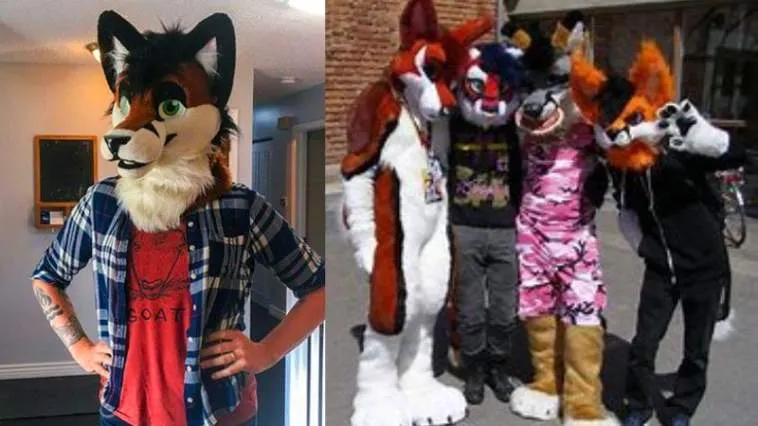(PM.) A popular LGBTQ+ magazine has come out in defense of “furry” acceptance arguing that there is a large overlap between the LGBTQ+ community and the furry fandom.
Furries are people, mostly males, who identify with and often dress up as anthropomorphic cartoon animals. Members of the furry community will typically deny there is a sexual element to such interest, but one 2019 study of the community found that almost all were driven by “some degree of sexual motivation.”
PinkNews suggests that the furry community innocently comes together to share their love of anthropomorphic cartoon animals, but researchers in the 2019 study observed that “[b]oth sexual attraction to anthropomorphic animals and sexual arousal by fantasizing about being anthropomorphic animals were nearly universal” in the cohort studied.
According to PinkNews, there is a significant LGBTQ+ presence in the furry fandom and that participation in the group has helped many to understand their queer identity.
“If you’re in a place where you feel safe to explore who you are, you’re gonna figure it out quicker and with less angst along the way,” Reskell, a non-binary transgender furry told Pink News. “I think I would have worked it out eventually, but I don’t think I’d be where I am now if it wasn’t for having a community that is an open and welcoming space for people who are queer.”
Reskell describes the furry fandom as a “predominantly queer space” and even goes so far as to say that in order to join, people are “almost expected to be some kind of queer first.” Recent research backs this up.
“Depending on the study, we typically find that at least 70 percent of the fandom identifies as LGBTQ+, and some of our latest studies indicate that about 25 percent of the fandom identifies as gender diverse,” Dr. Sharon E Roberts, co-founder of the International Anthropomorphic Research Project (IARP), told PinkNews.
“Overall, the furry fandom creates a safe place for all kinds of people who are connected by their common interest in anthropomorphic media,” Roberts added.
“Our research indicates that the history of bullying faced by many furries, which is twice the rate of our comparison groups, may be a driving factor in trying to keep the fandom a safe place where authentic selves are welcomed.”
The PinkNews article contains stories from two furries who found their way into the fandom through DeviantArt, an online art community. One, Mabel, discovered a transgender identity after joining the furry fandom.
Mabel describes creating a “tigress fursona” that became Mabel’s outlet “to explore my gender and understand who I am.” Many detransitioners tell of how they came to believe themselves to be members of the opposite sex while spending time in online communities such as those described by these young furries.
PinkNews states that people like writer and gender-critical activist Graham Linehan raise questions about the furry community because it deviates from the “straight, white, cisgender norm.” But according to documentary producer Malcolm Clark, such concerns are not misplaced given that the history of the community contains some sordid details.






